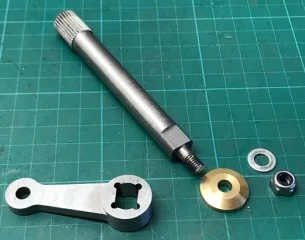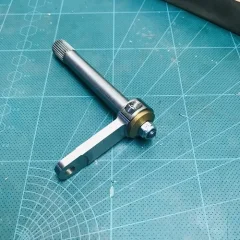- Joined
- Nov 3, 2011
- Messages
- 107
Mike, guess your father at Boeing . Original manuals from that era are invaluable…no batteries or Apps needed!!This book has been in my toolbox since my father gave it to my many years ago. Never paid much attention to it as I'm not building aircraft.




